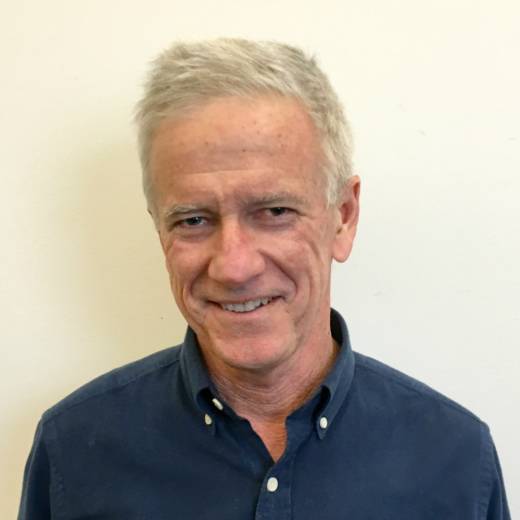The line separating public space from the private sphere is drawn in sand and modern realities are redefining the two in dramatic ways.
Photographs of an American city taken in the middle of the previous century show us how much life has changed.
Things look different: the clothing is more formal, there are more hats, bigger cars.
Closer inspection reveals other differences. On streets like Market in San Francisco grand movie theaters dominated the landscape. But now most of them are gone. Movies, once exclusively a communal and public experience, are now part of the vast entertainment menu that we can enjoy at home. Similarly the throngs of shoppers outside the department stores may not have disappeared, but their grandchildren do a lot of their shopping online.
These photos illustrate how activities that were once part of the public realm have migrated—at least in part—to the private sphere.
